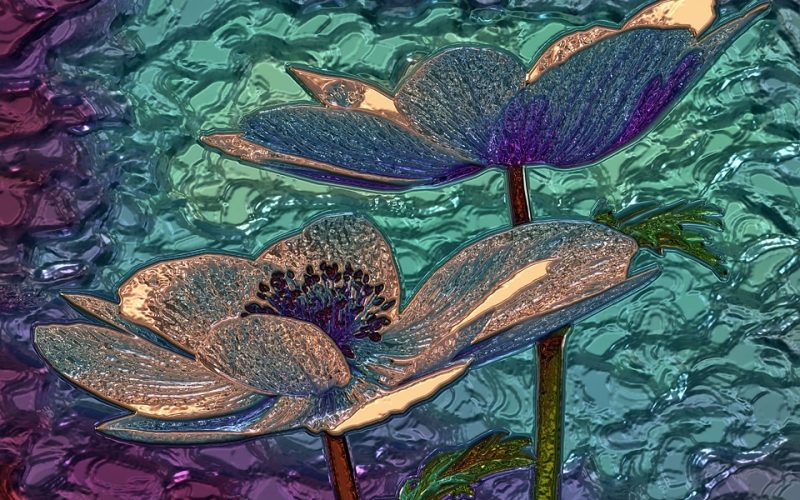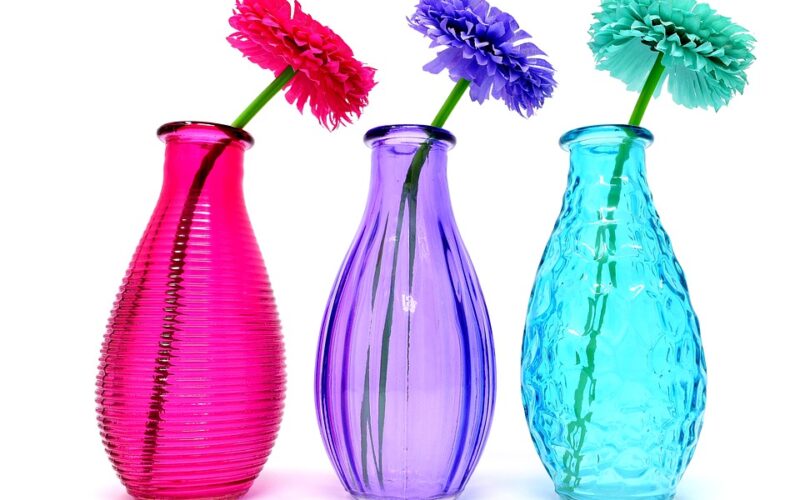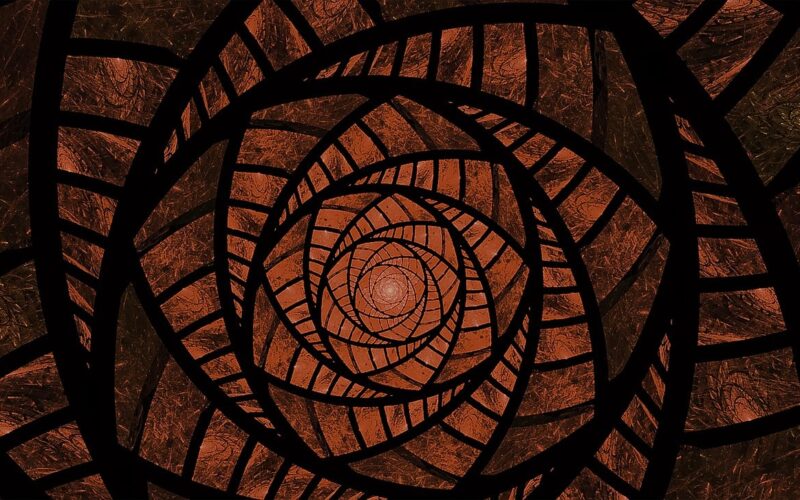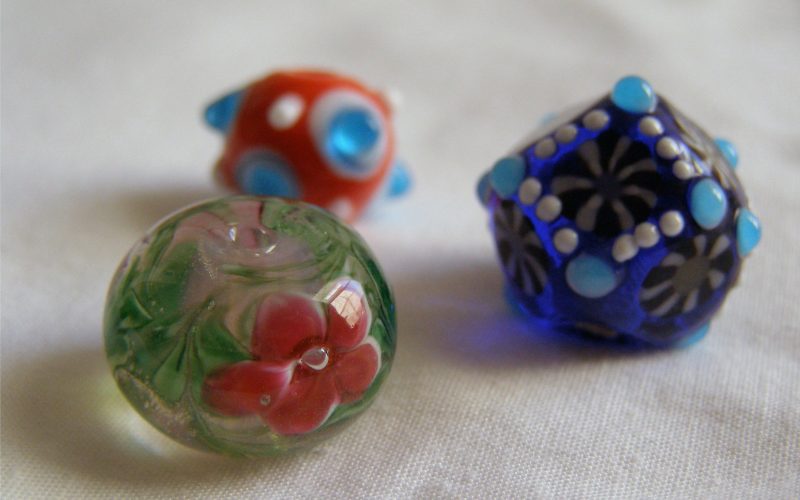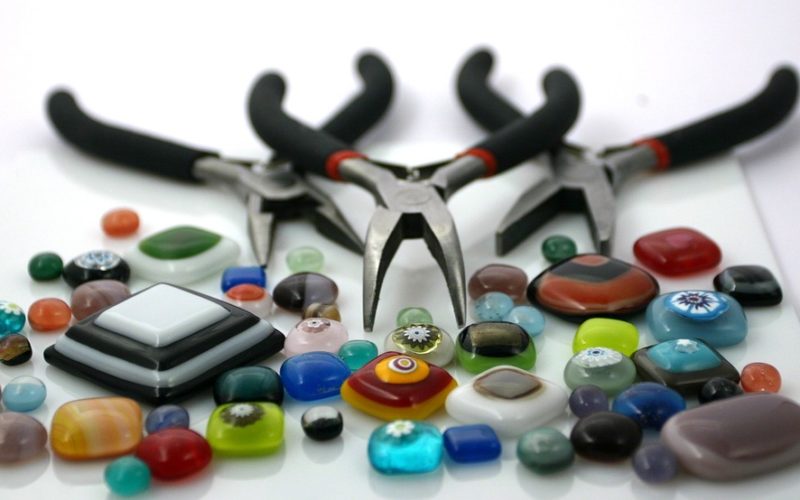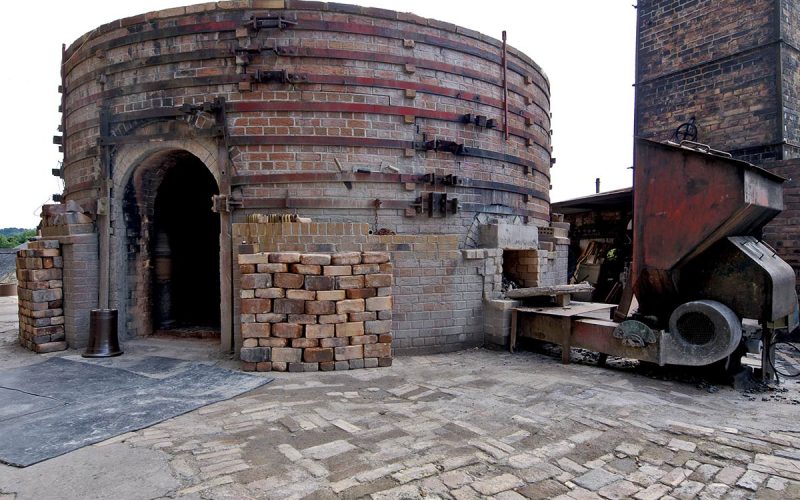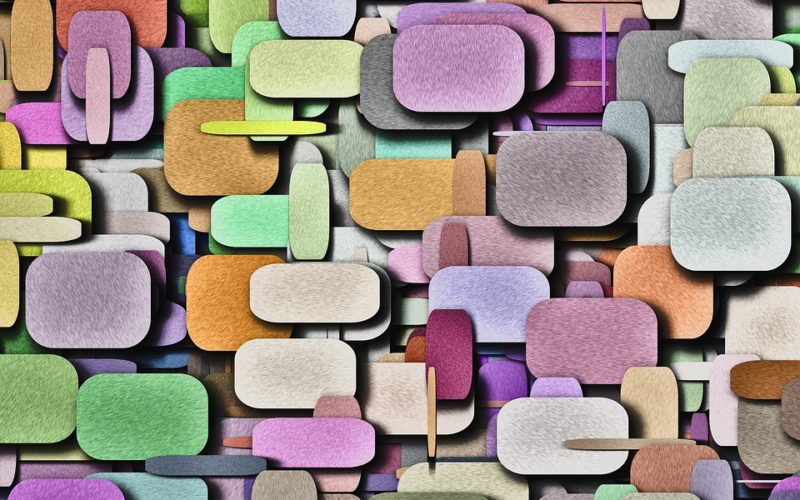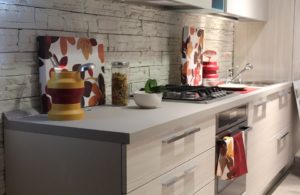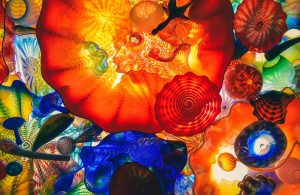Glass art has become incredibly popular with collectors and people who wish to make their own art creations. Using a kiln to form art in this medium has recently seen an upswing in the number of students learning. Glass studios that teach the art of creating stained glass pieces are one place where many students learn to fuse glass. Stained glass studios generally have their own glass kilns. Because of their access to these specialty kilns, they can fire pieces as well as teach the fusing processes.
While ceramic kilns can be used, glass kilns are designed specifically for melting glass. There are temperature and heat placement differences. Many glass pieces are flat, and glass kilns heat pieces from the top for this reason. The heat is usually only enough to affect the very top of the glass. This gives the artist more control over how their piece melts. Ceramic kilns heat from the sides and are designed to go through multiple layers of glass or ceramic pieces. While ceramics kilns can be used, artists must compensate for the differences in heating areas.
Creating glass art with a kiln is more than just tossing in a pair of glass pieces and heating them. Glass comes in a wide range of colors and sizes. The artist must decide how big the piece will be and what colors they want. They can even work with clear glass if that is needed for their piece. The final shape will be determined by the artist as well. If an open shape is needed, a form may be placed under the glass pieces. Once they are heated enough to fuse, they will continue to be heated until they slump over the former and take its shape.
A variety of beautiful pieces are created by fusing different pieces of glass. Artists who have worked in this medium generally sign their pieces. This is difficult with hot glass, and glass transfers are an excellent way to sign a piece. They allow the artist to add their name and logo without melting it into the glass.
